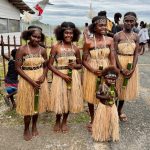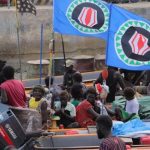If Indonesia’s eastern edge is where the map gets vague for most people, then Timor-Leste is where the modern traveller either doubles down or turns back. Nestled between two worlds and shaped by a bloody past, Timor-Leste is not Southeast Asia with a tropical twist, nor is it quite Melanesia in the true sense. What it is, though, is real. Raw. Honest. And still wonderfully undiscovered.
Whether you’re a dark tourist chasing the ghosts of colonialism and occupation, a culture vulture hunting for something authentic, or just want to get off-grid in a land that still feels like a secret, this is the guide for you. From Dili to the highlands, to untouched coral reefs and the political quirk of Oecusse, Timor-Leste delivers the goods.
Background to Timor-Leste
Timor-Leste, also known as East Timor, occupies the eastern half of the island of Timor. It was a Portuguese colony for over 400 years, followed by a brutal Indonesian occupation that lasted from 1975 to 1999. What followed was a United Nations-led nation-building process, culminating in full independence in 2002. It’s one of the youngest countries in the world and arguably one of the most complex.
This is a nation built on struggle. From guerrilla resistance in the hills to referendum chaos, the scars are still visible. But so is the resilience. The people are warm, multilingual (with Tetum, Portuguese, and Indonesian commonly spoken), and deeply proud of their hard-earned freedom. Catholicism dominates, but animist traditions are very much alive, particularly in the rural districts.
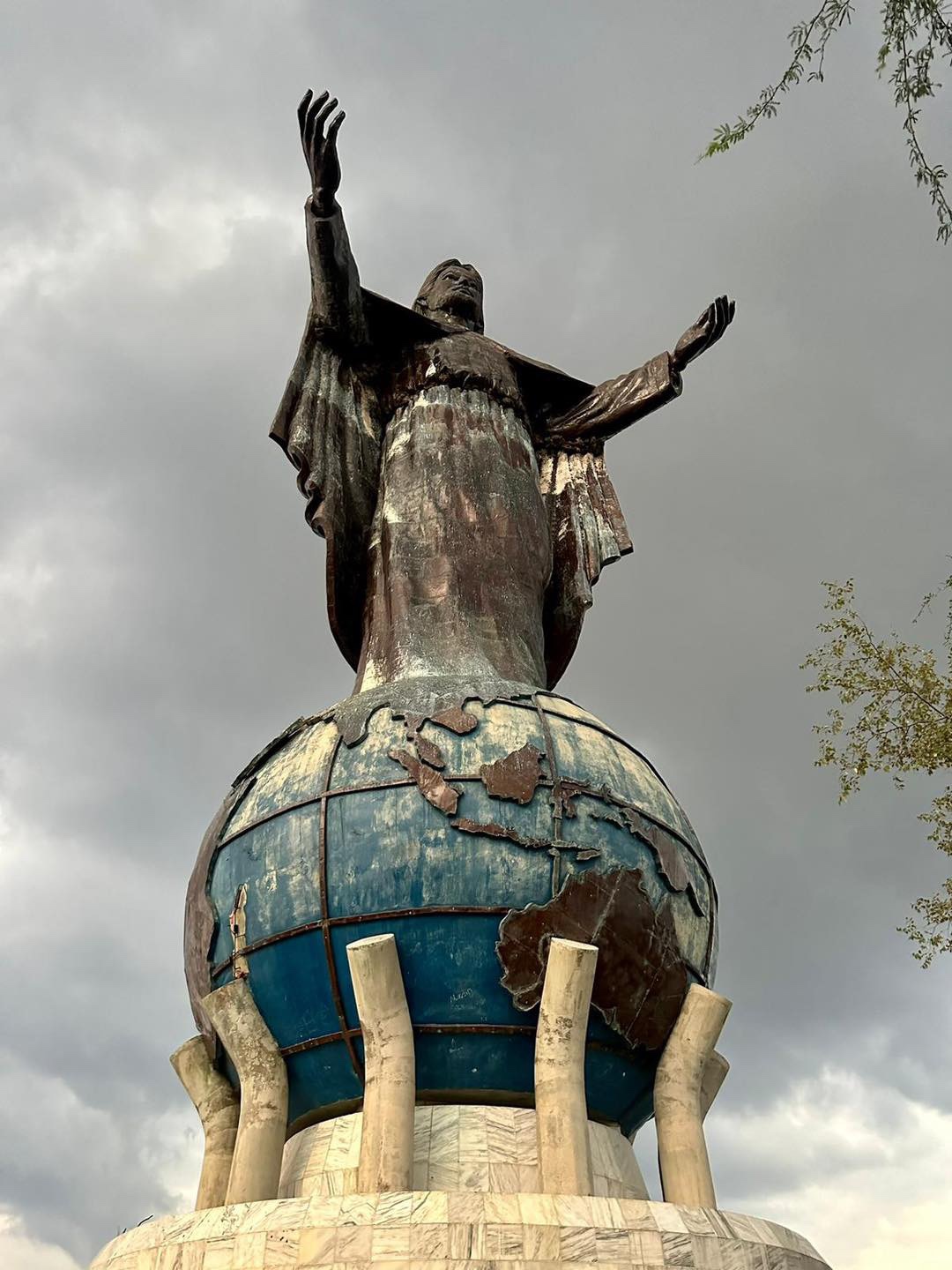
Top 10 Things to Do in Timor-Leste
Timor-Leste isn’t about ticking boxes or catching Insta likes. It’s about moments. Connection. Adventure. Here’s our pick of the top 10 things to do:
- Hike to Mount Ramelau
The highest peak in the country and a sacred site. Start in the village of Hatubuilico and hike up in the early morning. On clear days, you’ll see both coasts at sunrise. - Explore Oecusse Special Zone
A Timorese exclave inside Indonesian West Timor, Oecusse is geographically isolated but politically autonomous. You can fly there with Aero Dili or ZEESM Timor-Leste, skipping overland hassles. Visit colonial ruins, quiet beaches, and marvel at the surreal futuristic buildings leftover from ambitious development projects. - Visit the Resistance Museum in Dili
A must-see for any visitor wanting to understand the country’s struggle against Indonesian occupation. Powerful, raw, and informative. - Dive Atauro Island
Located just north of Dili, Atauro boasts some of the most untouched coral reefs in the region. You can take a boat from Dili or arrange a dive trip. The marine life here is astounding. - Check Out the Cristo Rei Statue
A 27-meter tall statue of Christ perched on a hilltop east of Dili. It’s a sweaty walk up the stairs but worth it for the view of the bay and the sense of local pride. - Eat Grilled Fish on Dili’s Waterfront
Nightlife is minimal, but food isn’t. Dili’s beachfront is alive in the evenings with locals grilling fish, serving cold beers, and blasting music from motorbikes. - Swim in the Pools of Marobo Hot Springs
Set in the hills of Bobonaro, these natural hot springs sit among crumbling Portuguese ruins. It’s remote, but that’s what makes it special. - Visit Baucau’s Colonial Centre
Baucau is the second city of Timor-Leste and retains much of its Portuguese charm. The old market building, faded architecture, and spring-fed swimming pool give it a distinct character. - Travel the South Coast
Hard to reach, barely touched by tourism, the south coast features black sand beaches, wild rivers, and forests that stretch to the sea. Try Viqueque or Suai if you really want to disappear. - Join a Local Festival
Whether it’s Catholic processions, animist rituals, or independence day parades, Timorese people know how to gather and celebrate. Ask locals what’s happening when you arrive.
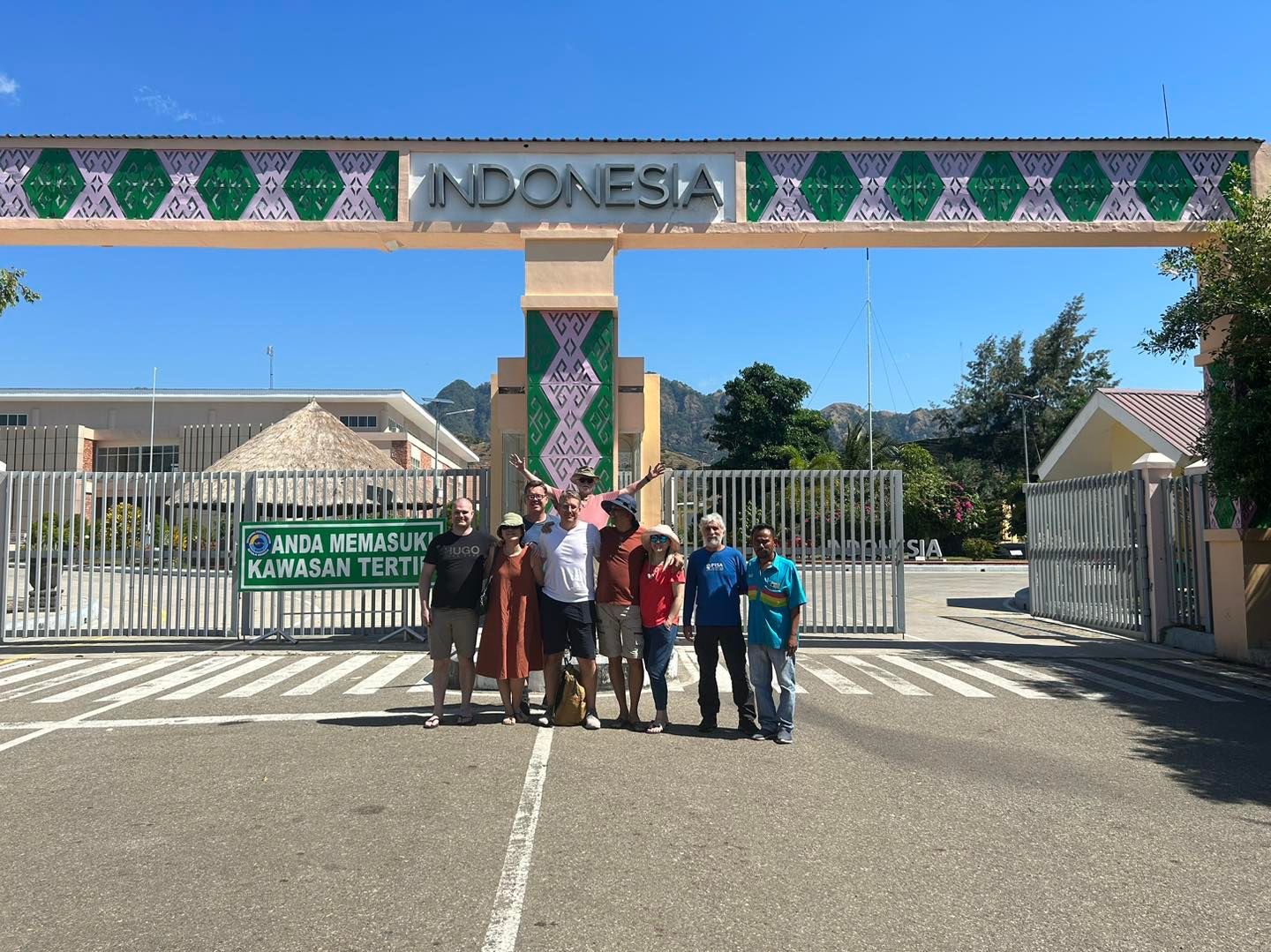
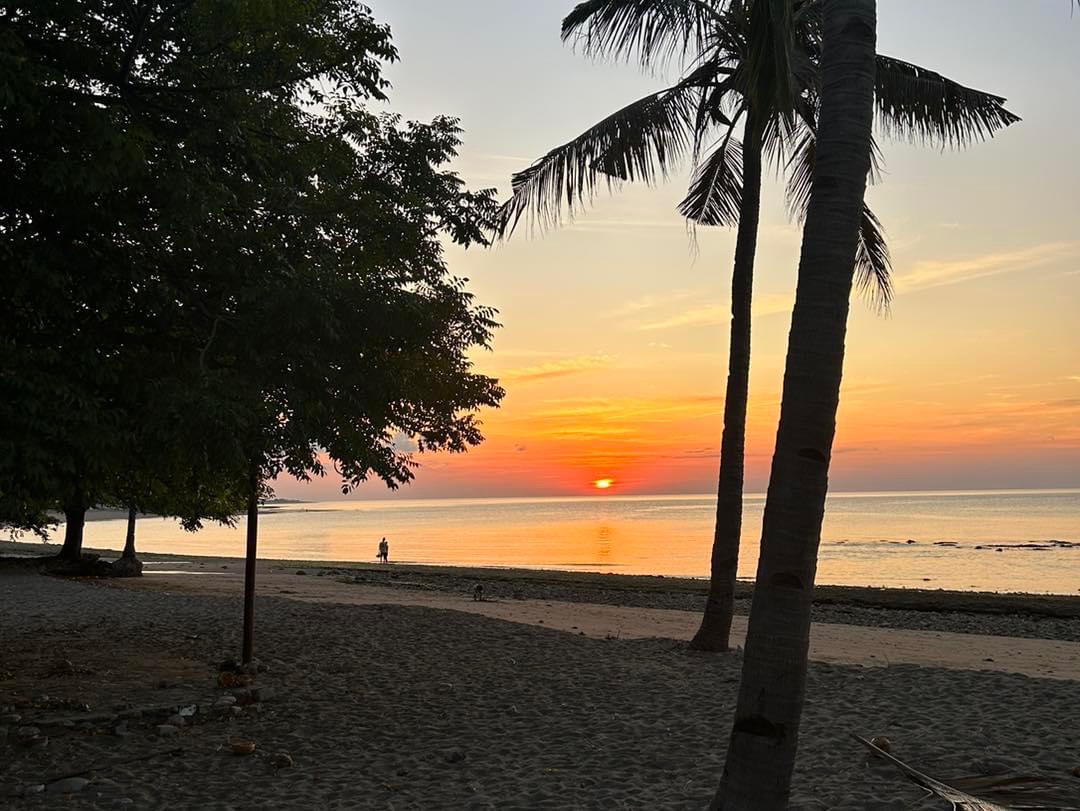



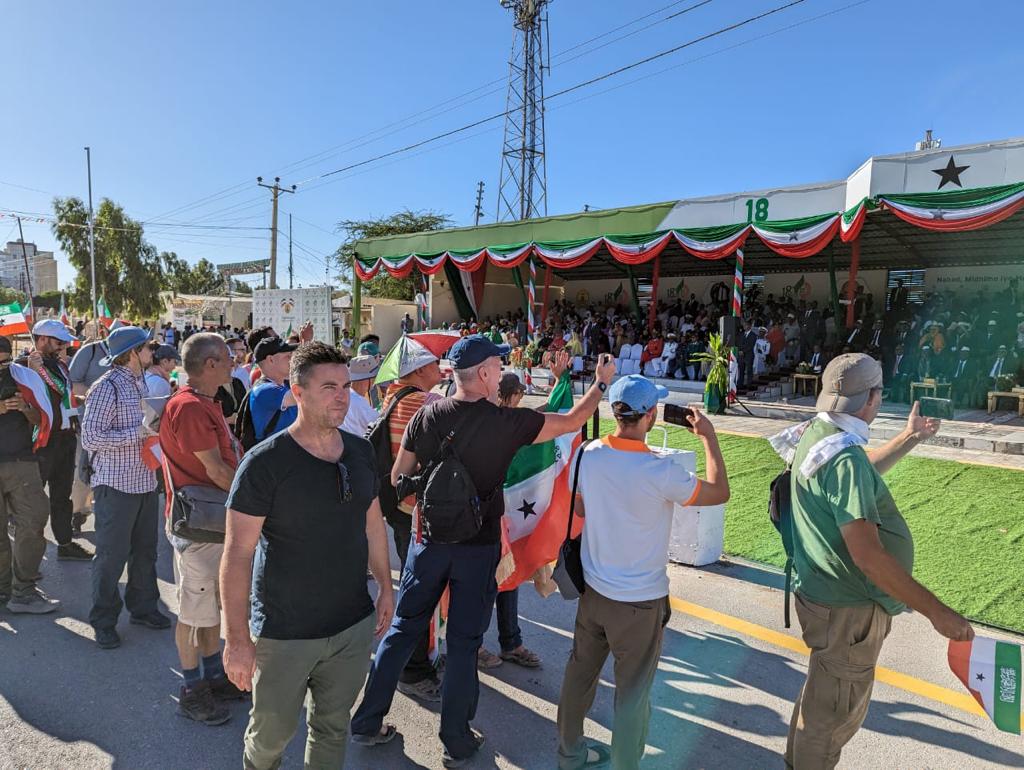
What to Eat in Timor-Leste
Timorese cuisine is an earthy fusion of Portuguese influence, indigenous staples, and Indonesian techniques. Here’s what to look out for:
- Ikan Sabuko
Grilled mackerel marinated in tamarind and basil. Fresh and full of flavour. - Batar Daan
A simple but tasty mix of corn, pumpkin, and beans. You’ll find it served with most meals. - Feijoada
A Portuguese legacy — bean stew with pork or beef. Hearty and best enjoyed in the cool mountain towns. - Tukir
Traditional jungle greens, often served with spicy sauces. An acquired taste, but unique to the region. - Tropical Fruits
Papaya, jackfruit, custard apple, and bananas are plentiful. Markets are full of colour and smells.
You’ll also find a lot of Indonesian staples like nasi goreng and mie goreng, especially in the capital. Coffee is everywhere and always good, this is one of the best coffee-growing regions in Southeast Asia and perhaps the world.
Click to read about Timorese Cuisine.
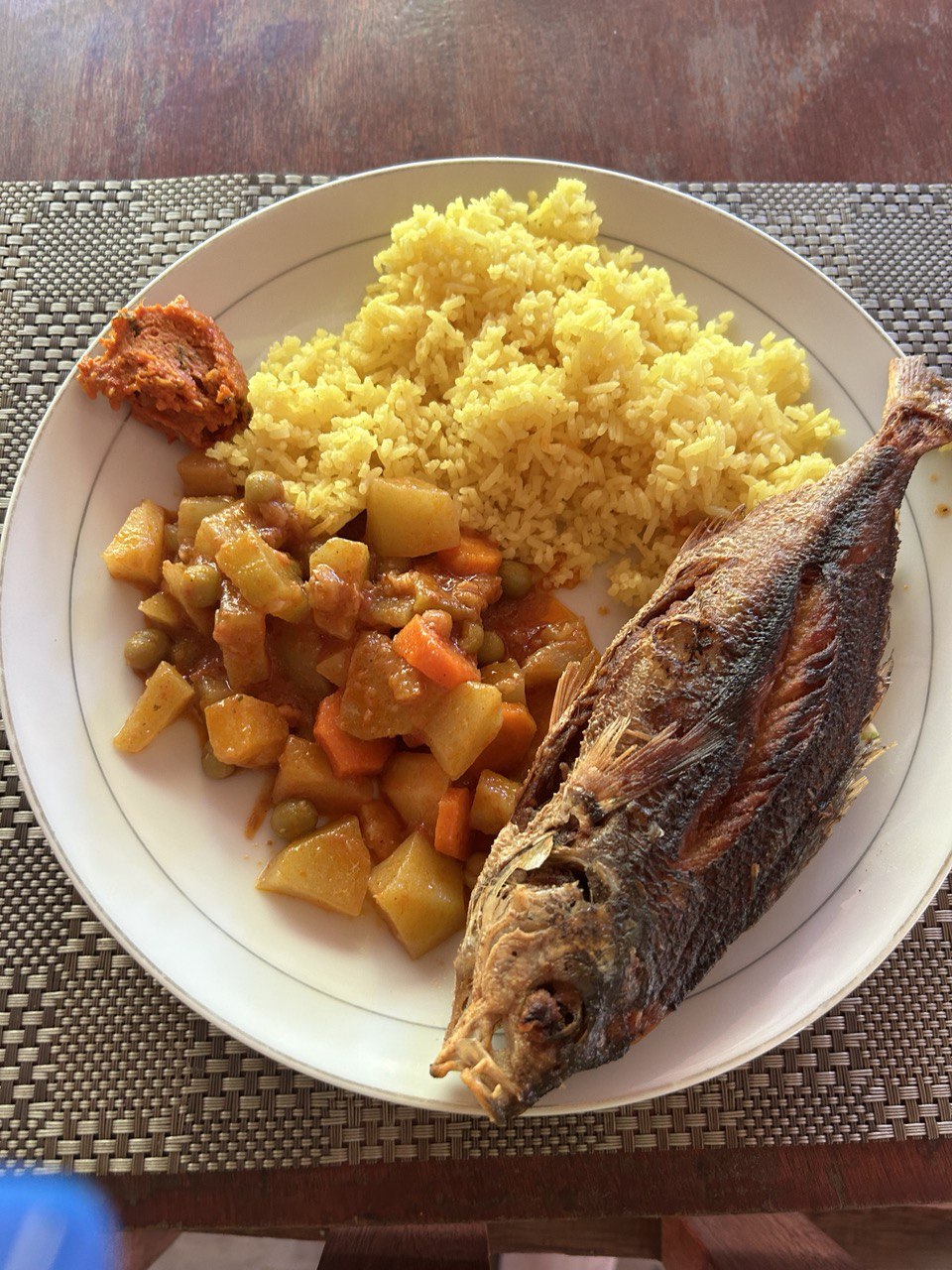
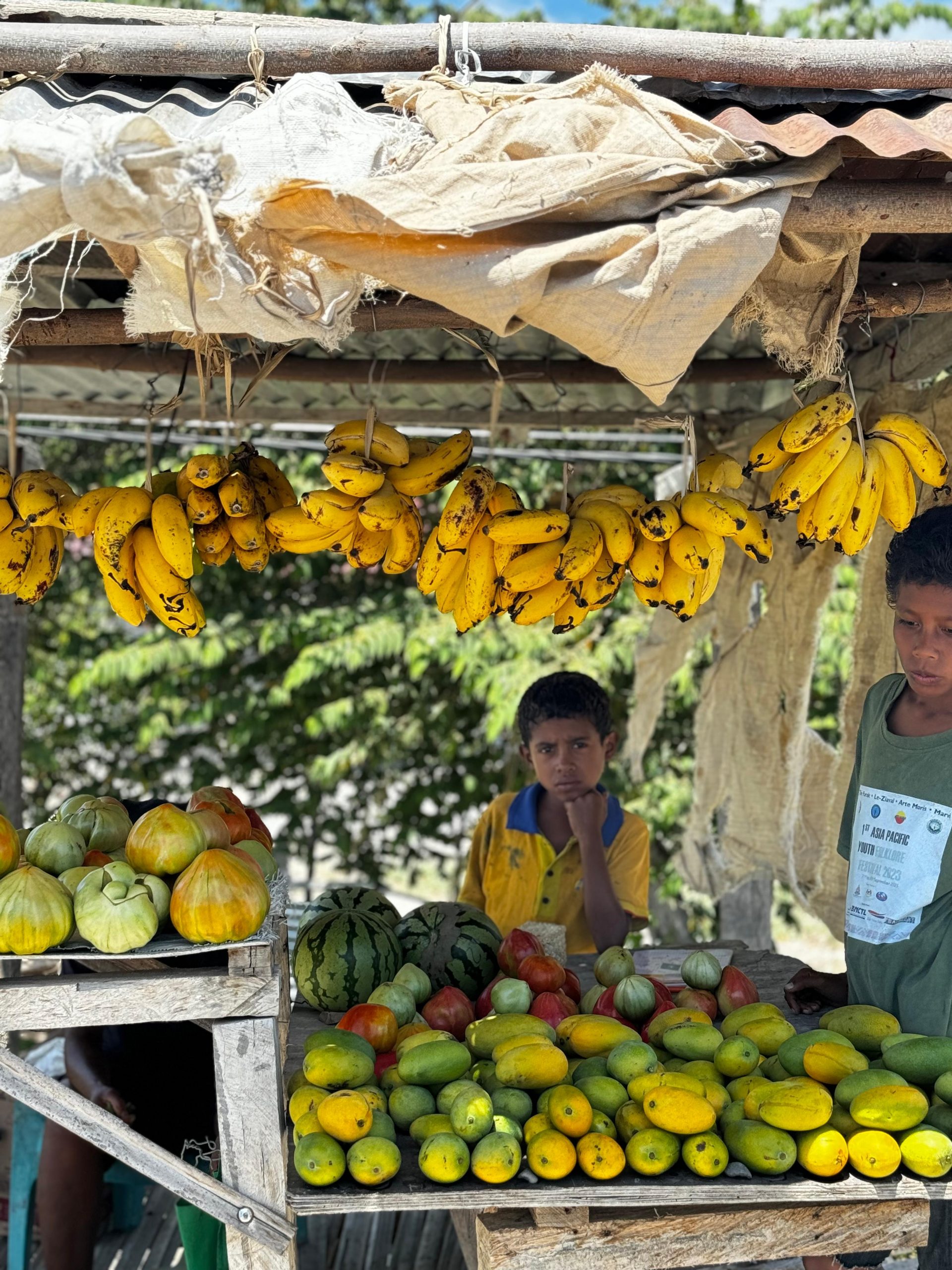
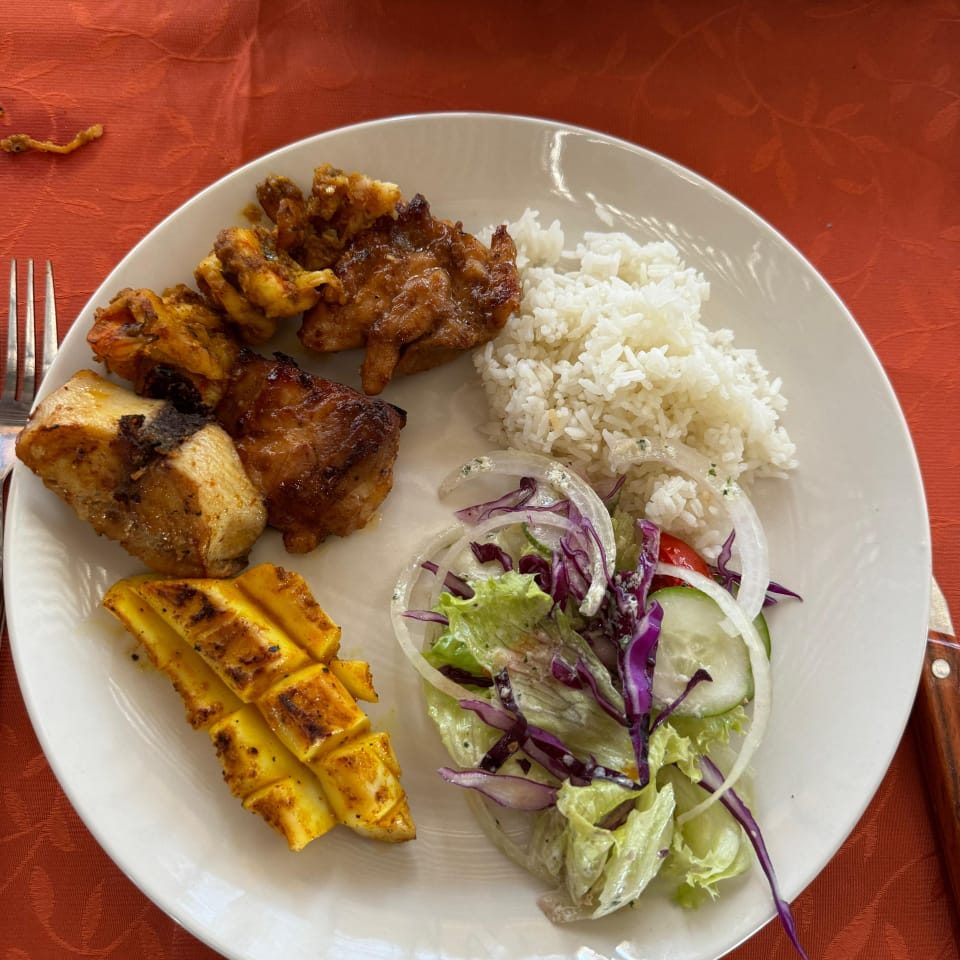

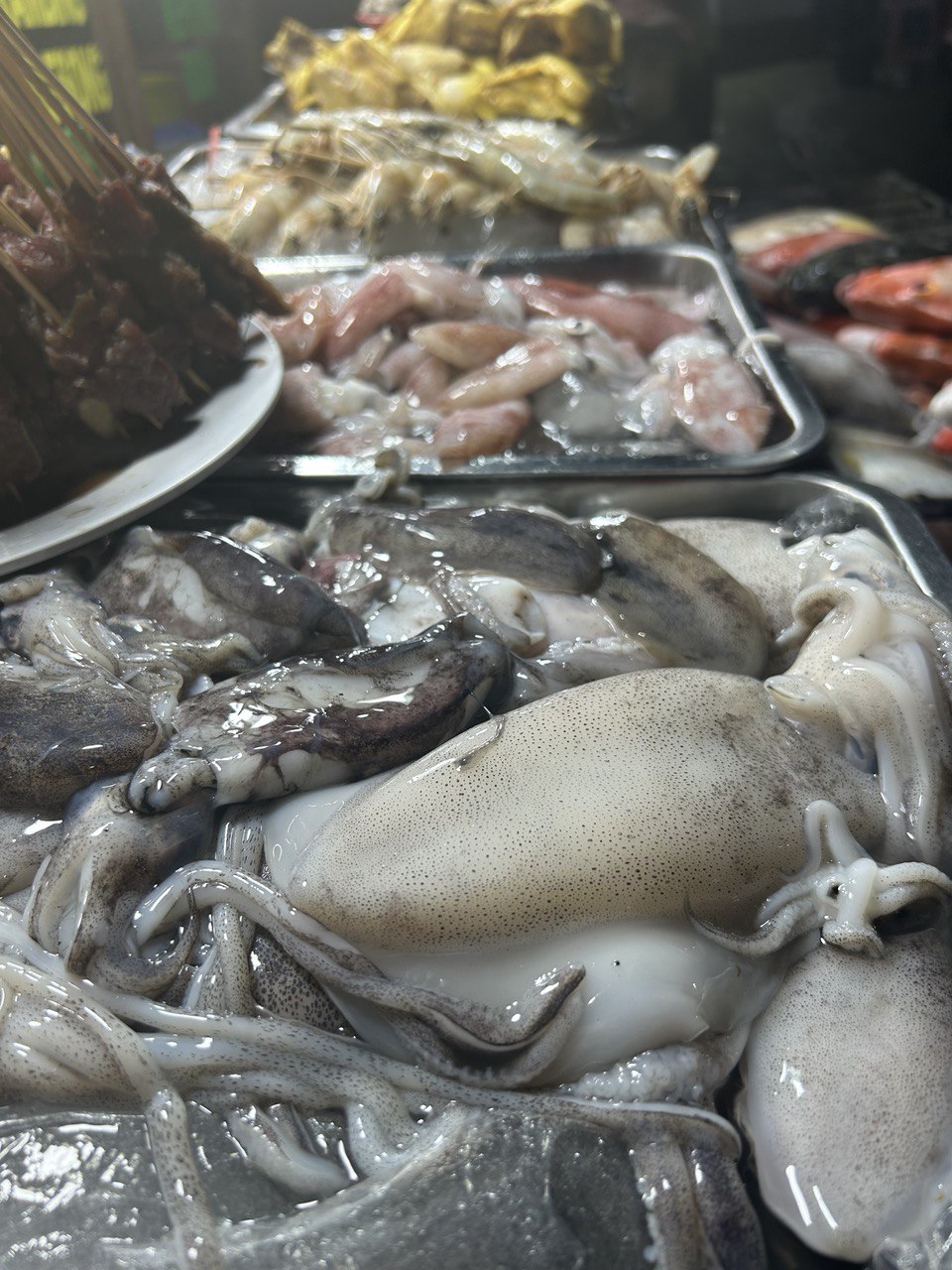
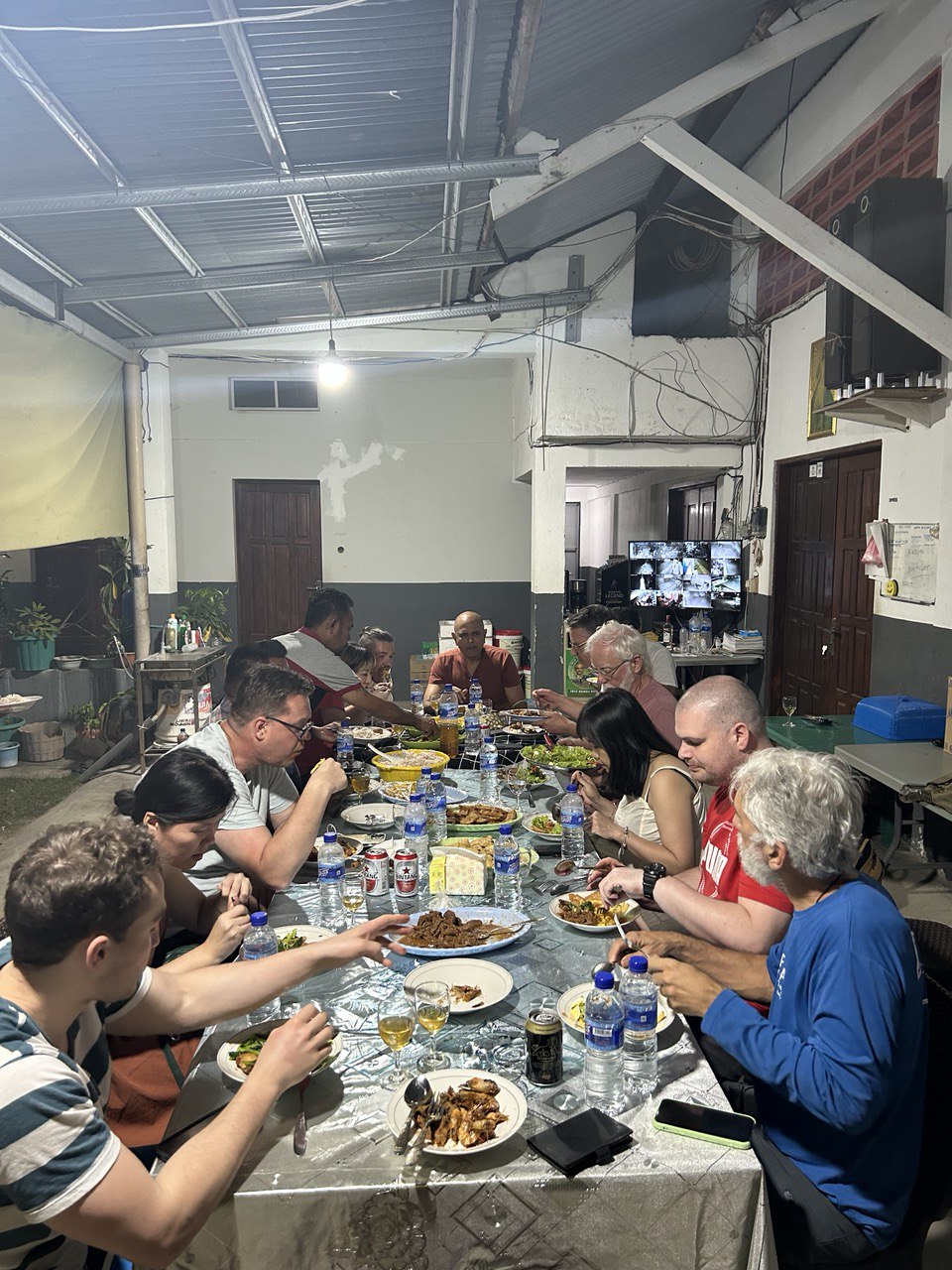
Where to Party
This isn’t Bali. There’s no Kuta Beach debauchery or endless bars. But there are places to grab a cold beer and shoot the breeze.
- Dili has a handful of expat-friendly bars. Try Sky Bar, Castaway, or the Caz Bar on the beach.
- Local joints can get lively on weekends with karaoke and whiskey by the bottle.
- Atauro and Oecusse are more about sunsets and stars than sound systems.
- Festivals and processions are your best bet for real communal energy — singing, drums, dancing, and old-fashioned chaos.
Where to Stay
You won’t find five-star luxury in Timor-Leste, but you will find charm, character, and often stunning locations.
- Dili
The capital has the broadest range: guesthouses, boutique hotels, and Airbnb options. Try Hotel Esplanada or Timor Plaza Hotel for comfort and convenience. - Atauro Island
Budget bungalows and eco-lodges are common. Dive Timor Lorosae and Barry’s Place are both well-loved options. - Baucau
Basic hotels and colonial guesthouses. It’s a quiet place, and accommodation reflects that vibe. - Oecusse
There is basically one hotel in Oecusse, the good news is though that we know them! - Hatubuilico (for Mt Ramelau)
Very basic. Homestays and guesthouses. But the hospitality is top tier.
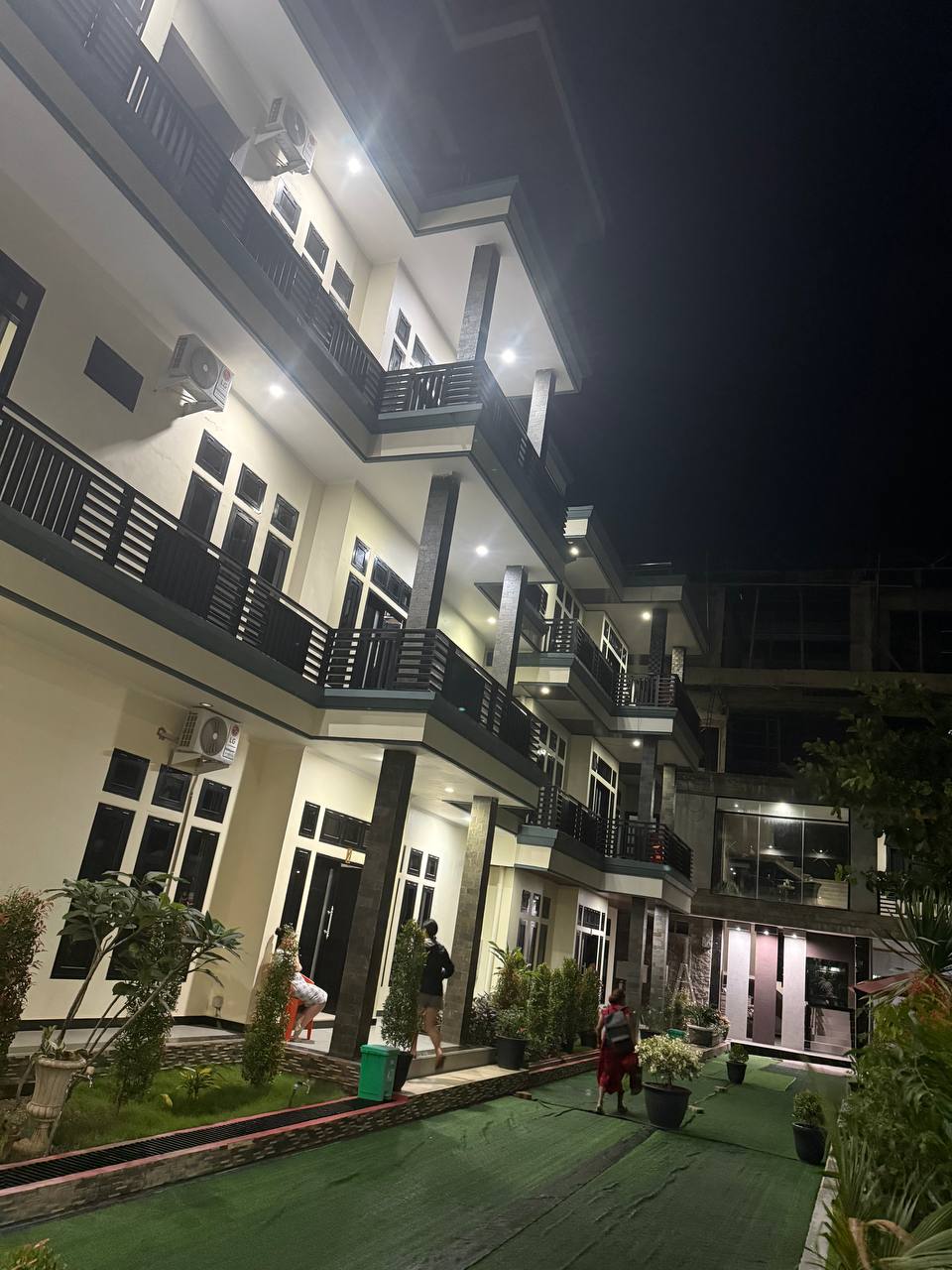
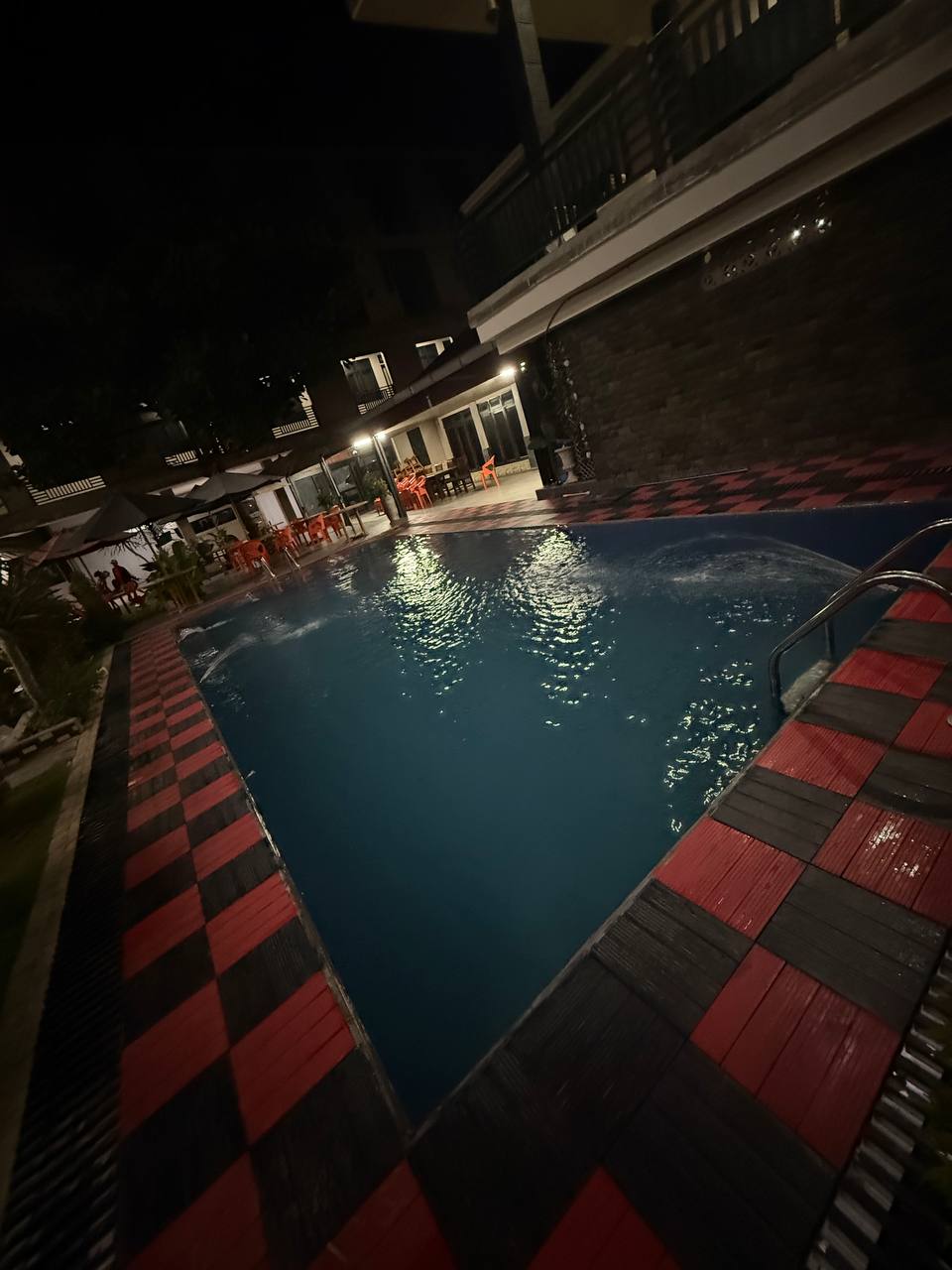
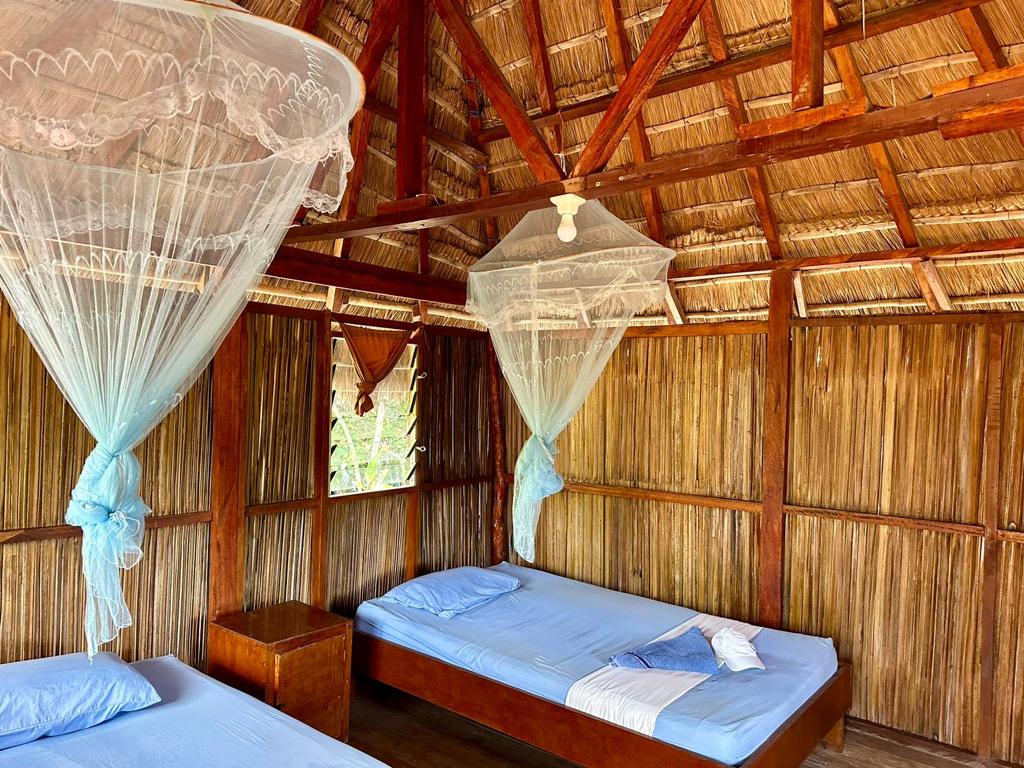
Getting There and Around
- Flights
You can fly into Dili’s Presidente Nicolau Lobato International Airport from Bali, Darwin, or Kupang (West Timor). These are the main international gateways. - Domestic Flights
Aero Dili and ZEESM Timor-Leste now operate regular flights to Oecusse, offering a much faster and easier route than crossing through Indonesian territory. The journey takes just 30 to 35 minutes and is the preferred option for avoiding lengthy land border bureaucracy. - By Land
Shared minibuses called mikrolets operate within and between cities. You can also hire 4WDs, which you’ll need for rural areas. - Boat to Atauro
Boats and ferries to Atauro Island leave from Dili port. Slower ferries are cheaper; speedboats more efficient. - Driving Yourself?
Only attempt it if you’re comfortable with chaotic roads, sudden landslides, and questionable signage.
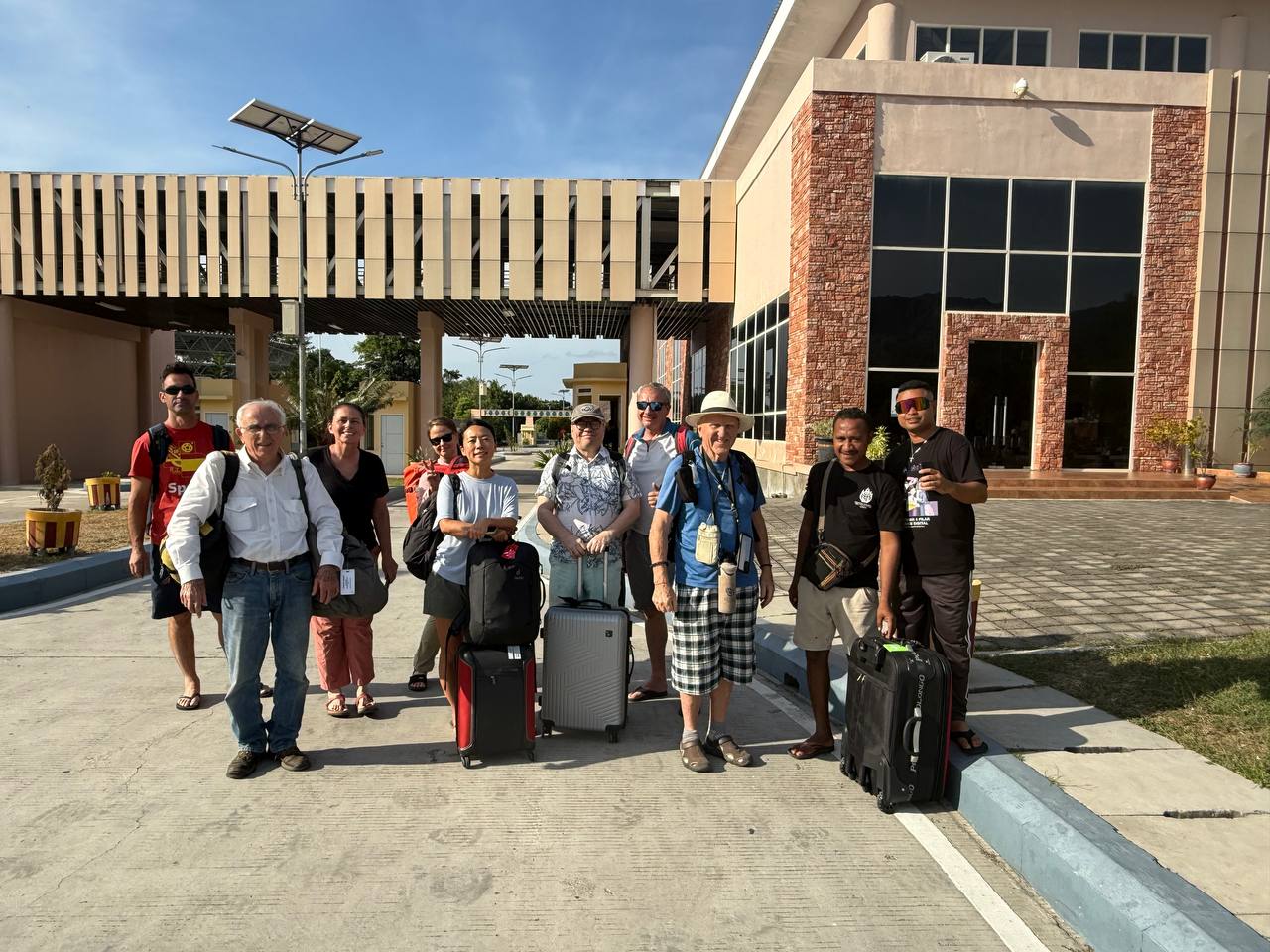
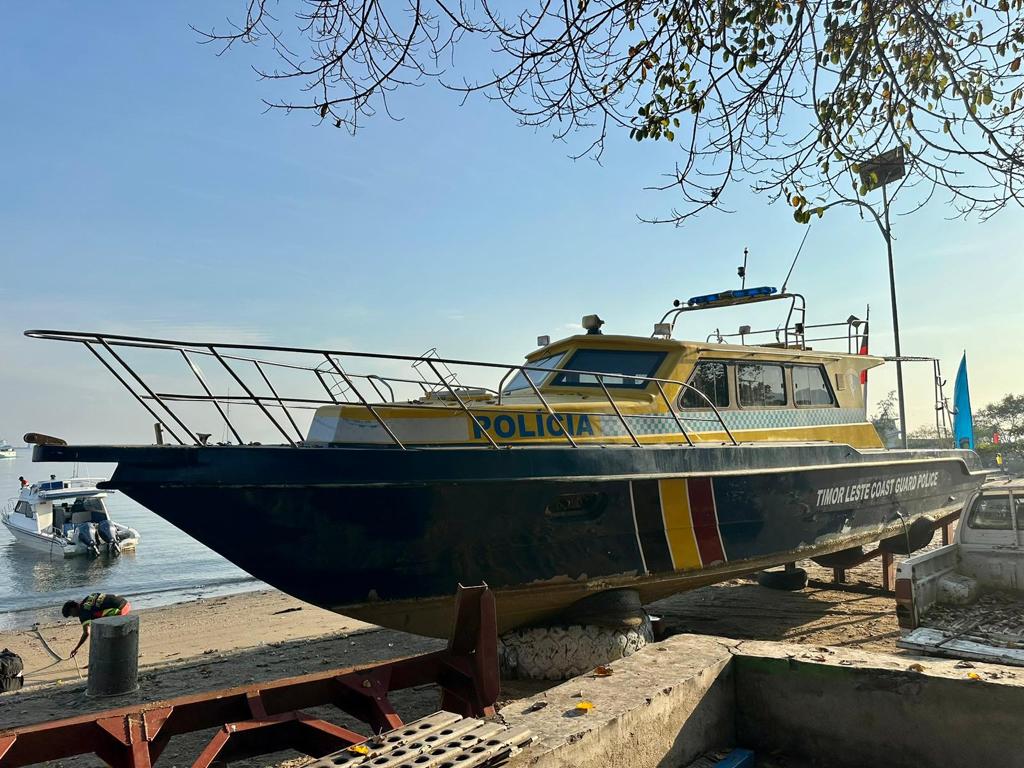
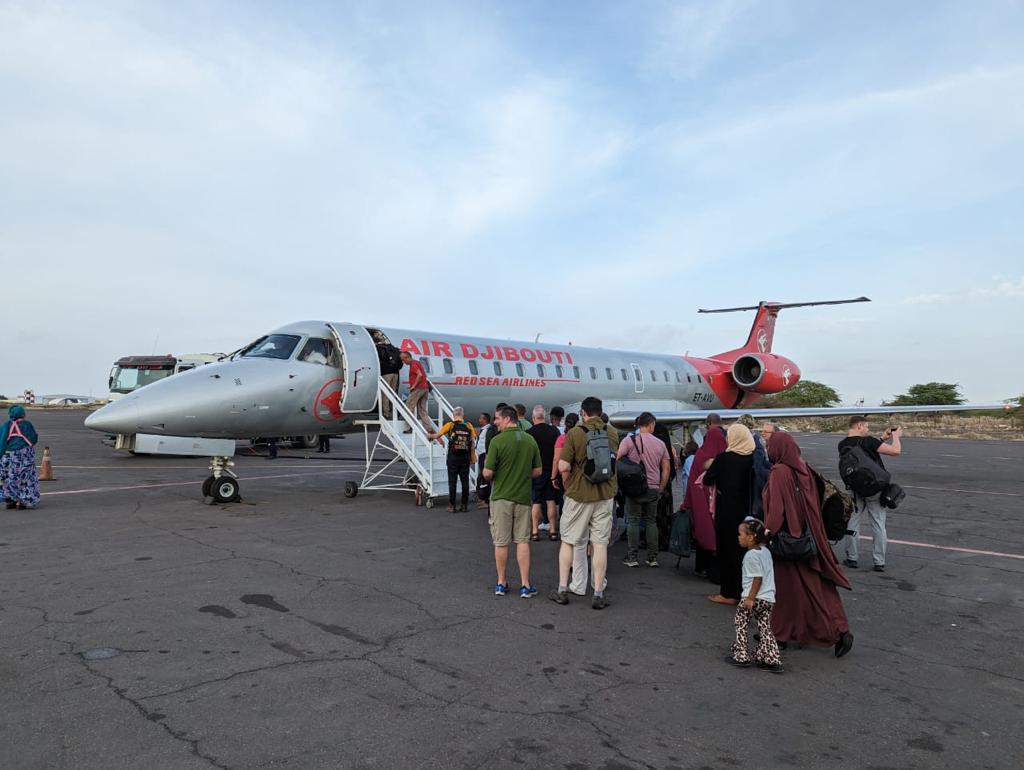
Challenges and Realities
This is a frontier country. That means charm but also chaos.
- Infrastructure is patchy. Roads can be bad or nonexistent, especially in the rainy season.
- Healthcare is basic. Carry your own first aid kit and medications.
- Power and internet outages are common.
- Outside of Dili, English isn’t widely spoken. Tetum or some Portuguese will help.
- Political tensions are low currently, but the country has a volatile past. Always respect local sensitivities, especially around independence and religion.
Why Visit Oecusse
Oecusse is where things get weird — in a good way.
Geographically part of Indonesian West Timor, but politically a Special Administrative Region of Timor-Leste, it operates with a degree of autonomy and has its own budget and development agenda.
Flying in is surreal. You’ll land at Rota do Sândalo International Airport, a grandiose airport built during the ZEESM mega-project era. The town of Pante Macassar has colonial ruins, serene beaches, and odd pockets of modern infrastructure dropped into traditional villages. It’s peaceful, calm, and far removed from the pressures of the capital.
The region’s isolation has helped preserve cultural practices and traditional life, but it’s also becoming a test case for decentralised development in Southeast Asia. Definitely worth the detour, especially now that flights have made it much more accessible.
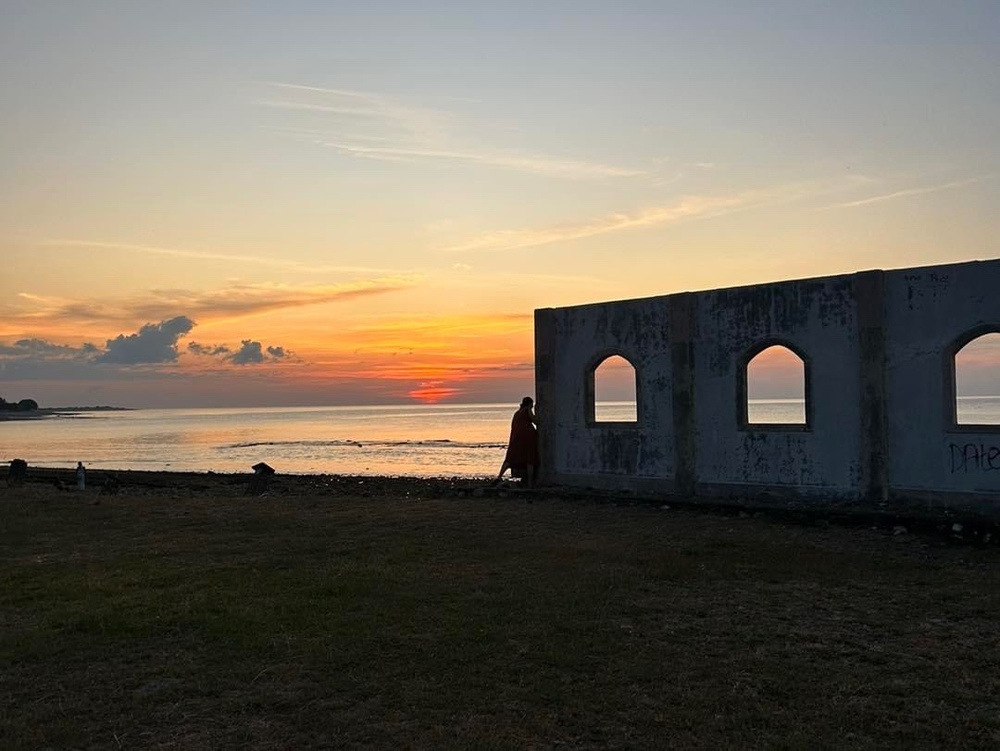

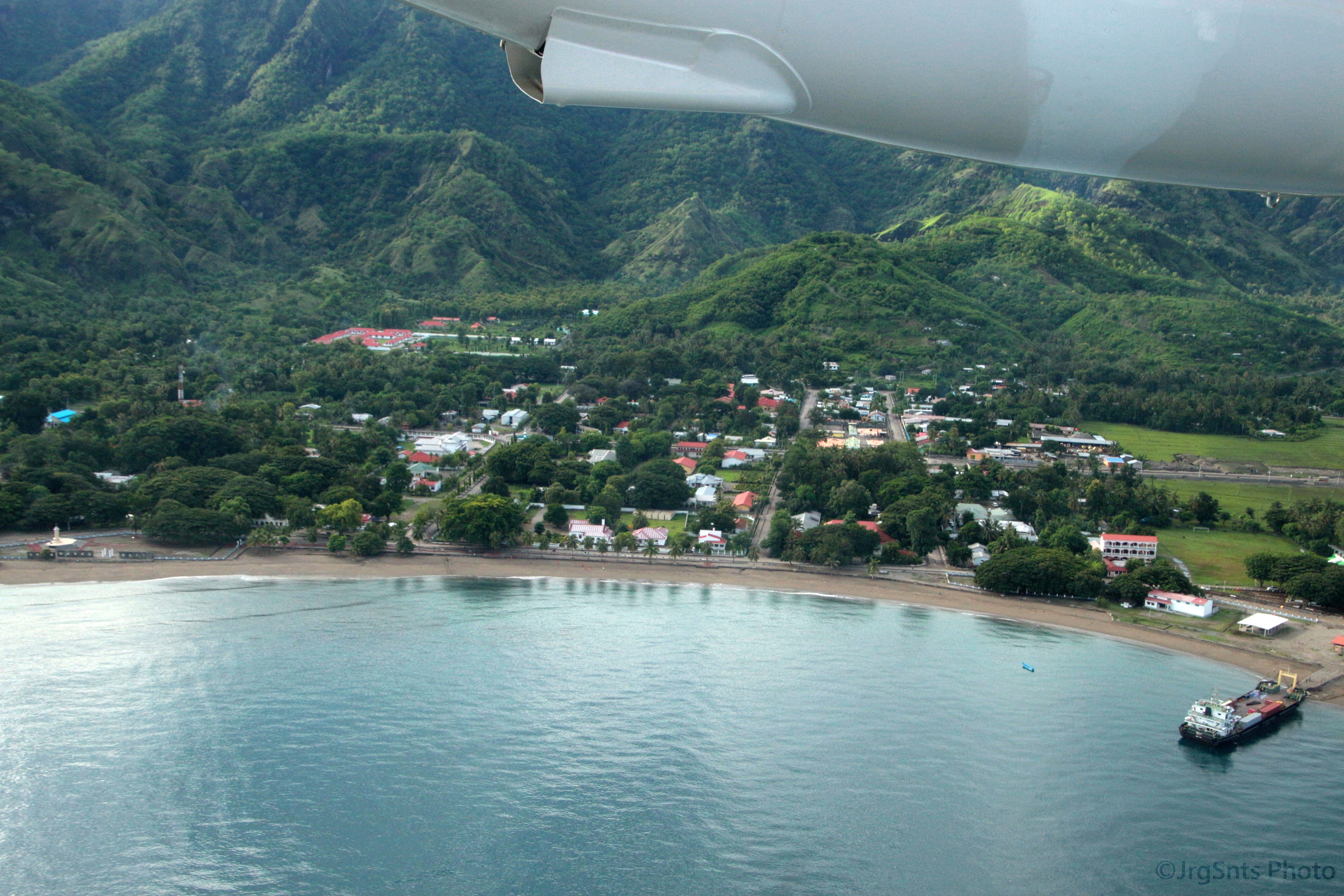
Conclusion
Timor-Leste is not for everyone. It’s not polished, not easy, and not always comfortable. But that’s the point. It’s one of the last countries in Asia where you can still feel like an explorer, not a consumer. The beauty is unfiltered, the stories are raw, and the people are real.
From the rebel trenches of the highlands to coral reefs that haven’t seen a tourist in weeks, from political curiosities like Oecusse to the fading grandeur of Portuguese ruins then Timor-Leste offers more than a holiday. It offers perspective.
Click to check out our Timor-Leste Tours.



